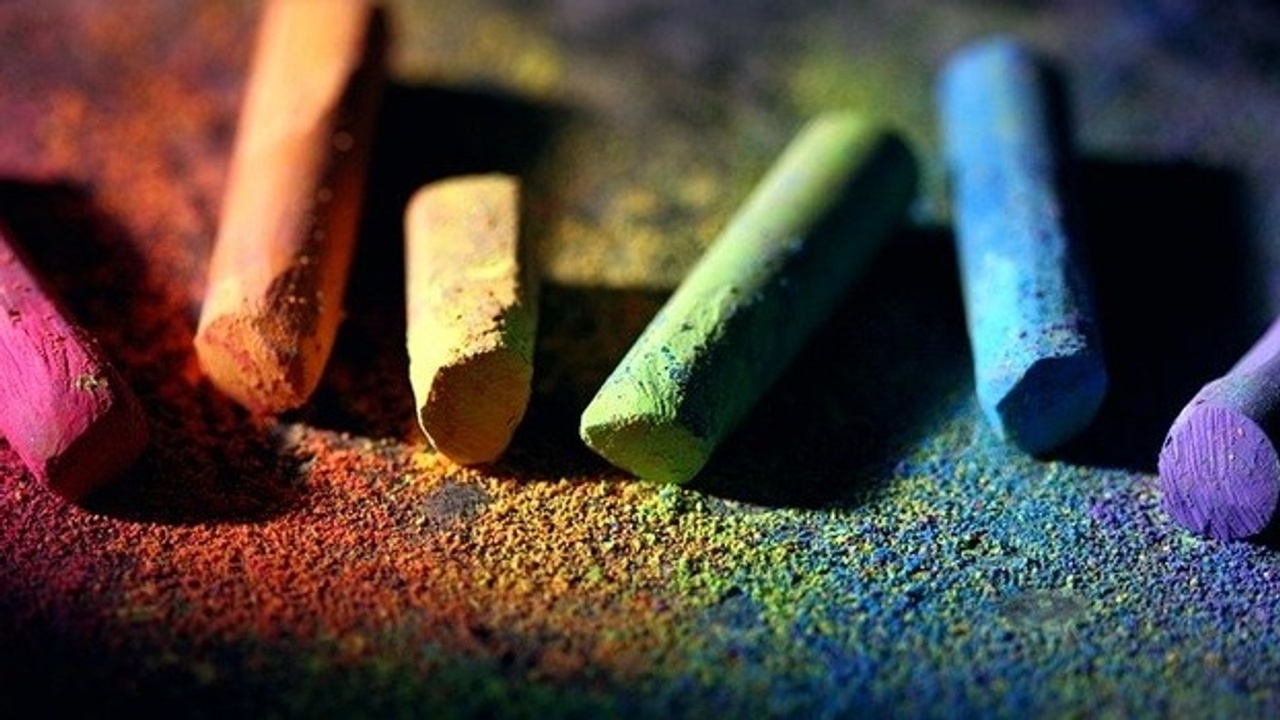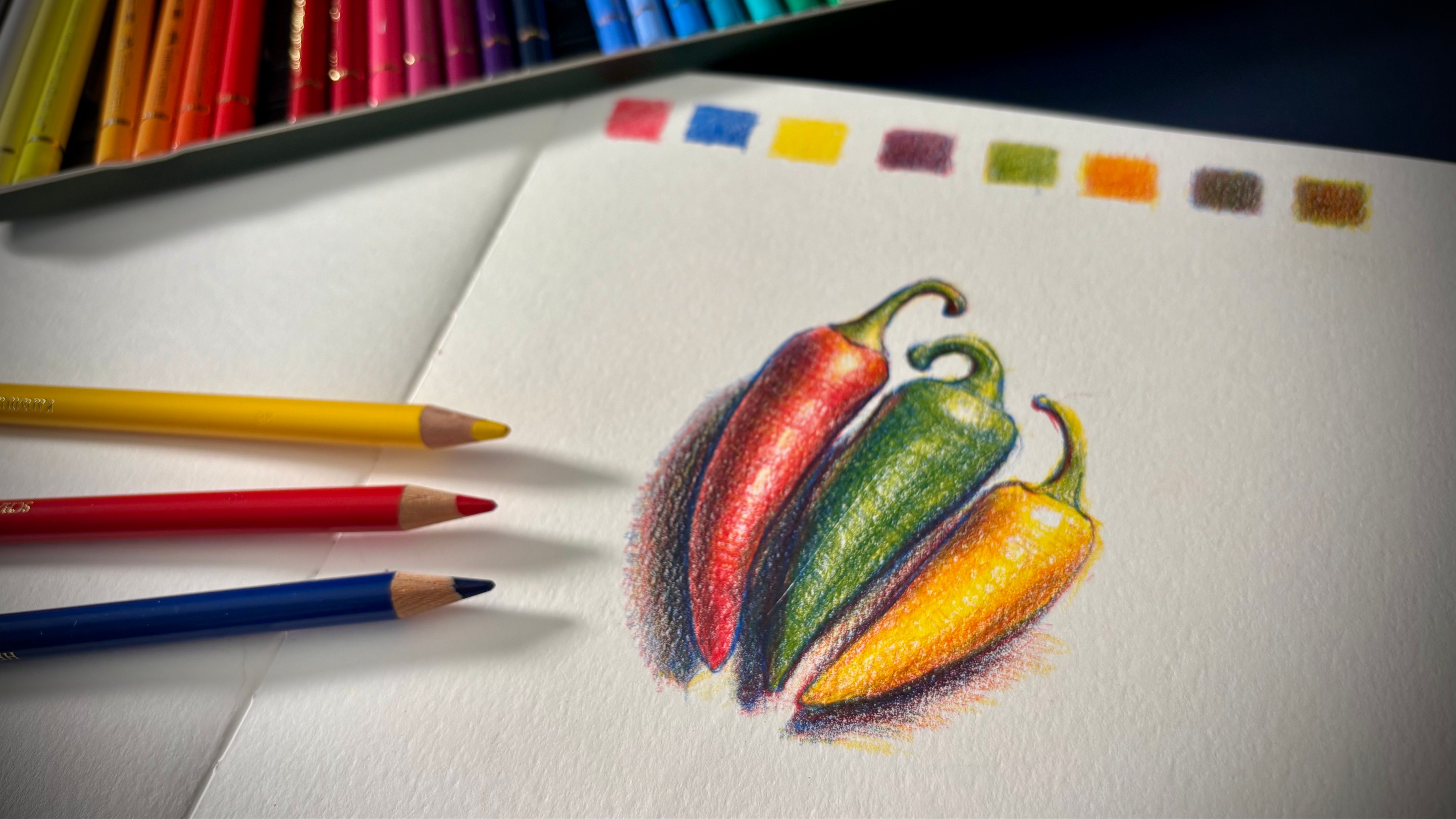
Pastel Painting and Your Health
Jun 20, 2022Pastels create dust and, when inhaled, there are some concerns amongst the artist community that it can be harmful.
The worry is that dust particles can settle in the respiratory system and, over time, potentially cause problems. Some pigments may also be toxic (as is the case with other mediums such as oils) and because they can be inhaled there are some concerns there, too.
If you do a search online for "pastel health concerns" or something similar, you’ll read opinions that range from the completely care-free to impending doom for every pastel artist that has managed to survive so far!
Whilst they may be well-meaning, online forum posts are largely speculative opinions and the scare stories are completely anecdotal.
So, do you need to wear a gas mask and gloves whilst making pastel artwork? Or even quit using pastels altogether?
Let's take a look...
The Science
A scientific study, by Duke University School of Medicine in 2003, looked at the potentially harmful effects of pastels. They studied the following:
- The harmful chemicals in pastels from 11 major brands.
- The amount of dust created and its dispersal in a poorly-ventilated room.
- The amount of respirable dust created (how much of any airborne dust you could potentially breathe in).
- The long terms effects on pastel artists (by surveying about 270 artists and seeing if there was a correlation with health issues).
Their conclusion was as follows...
Although pastel dust may contain components that can increase the risk of chronic health effects at high exposure levels, exposures to pastel dust are low. The risk of any adverse effect is correspondingly low as well.
No special precautions are necessary to prevent excessive exposure to such dust, either during use or cleanup.
The average pastel artist they studied had worked with pastels for an average of 18 years without any correlations to ill health.
They also only found potentially harmful chemicals (in very low levels - well under the safe limit) in two out of 1159 pastel colours. If you’re interested, you can download the full study here:
Click here to download and read the study
Should You Take Any Precautions?
According to the study above at least, there is nothing to worry about even if you don't take any precautionary steps.
Personally, I don't take any special safety measures when using pastels. I wear whatever clothes I feel like, I often work in a small room and I certainly don't wear gloves.
However, I don't work with pastels every day (far from it). If I did I'd probably take a few moderate precautions like these...
- Work in a well-ventilated room when you can i.e. keep a window open. But bear in mind that a stiff breeze or a fan could do more harm than good if it's disturbing otherwise settled pastel dust.
- Don’t blow dust from the paper. If working flat, periodically lift your drawing surface and tip excess dust into a container, outside, or onto another piece of paper that is thrown away. This is just sensible regardless because it keeps your workspace and room cleaner.
- Avoid eating and drinking whilst working with pastels, and wash your hands before you eat that sandwich!
- Consider wearing a smock or a set of clothes that you only use for pastels/art and wash them regularly.
- If possible, have a dedicated room for art rather than working on a kitchen table, for example. This assumes you’re a more serious pastel artist however, working with the medium regularly.
- If you work with the paper taped to a board and upright on an easel, many pastellists create a small "tray" of tinfoil or similar taped along the bottom of the board. When tapping the picture to clear excess dust, it will drop into this and can be periodically disposed of. This also prevents it from getting onto the floor and being trodden into the carpet.
What About Pastel Pencils?
Pastel pencils create a lot less dust than soft pastels. So long as you don't blow the residue away form your paper, or sit in a wind tunnel, very little (if any) pastel dust will find its way into the air.
Tip any build-up into a waste paper basket or outdoors.
Summary
I believe soft pastels (and certainly pastel pencils) are perfectly safe. If you're a professional pastel artist using them for many hours per week, it's worth taking some of the precautions above because they're easy.
The simplest and most effective precaution is to avoid blowing the dust away from your paper.
Never Miss a Blog Post!
I'll send you a short email whenever I publish a new blog post (which is most weeks)...
I will never send you spam or pass tyour email address to any third party




